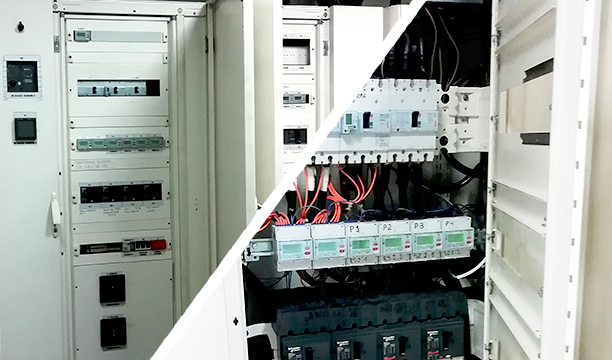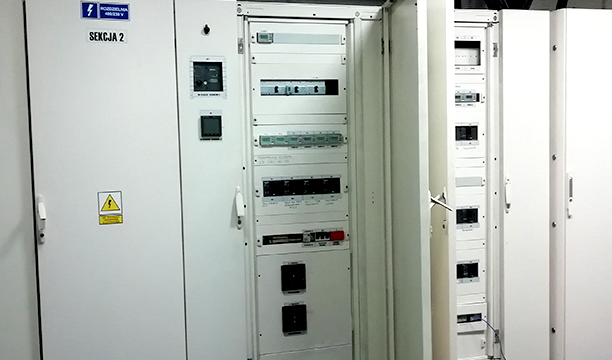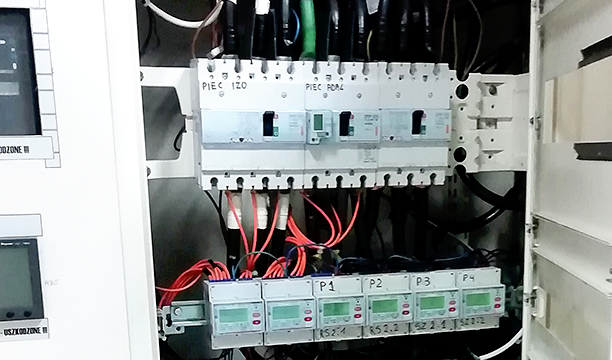At APA, we have once again been invited to join an energy efficiency improvement project at a large Silesian plant. This time we were approached by a representative of the automotive industry, more specifically, a manufacturer of hoses for fuel systems. How did we get on with the task?
Our approach
At APA, we proposed a solution to the client's problem. Our implementation plan was to pilot the IPOE platform with the option of using metering equipment already installed at the facility.
The electricity consumption data made its way to a platform where the user can generate an energy consumption report. This allows them to utilize the system's capabilities not only in terms of consumption, but also with regard to qualitative and quantitative analysis.
Implementation stages
Stage I
● Conducting a site inspection and checking the conditions for connecting the IPOE platform with the metering system.
● Verification of the possibility of connecting the IPOE system to the existing data bus.
● Agreeing with the chief energy officer on the connection plan and launching tests.
Stage II
● Communication tests (we had to check that all sub-meter connected to the bus responded correctly in terms of modbus registers).
Stage III
● Parameterization of the Legrand energy meters.
● Improving the RS-485 communication bus.
● Data converter replacement.
● IPOE server connection.
● Tests.
Stage IV
● Parameterization of the IPOE Platform - 30 measurement points.
● Handover of the IPOE platform.
● Training.
What was the design process like in terms of working with the developer?
On the part of the investor, we received full support in terms of technical assistance from Legrand, the manufacturer of electricity consumption meters.
We were transferred to the technical support where we got solutions to all communication issues and received register maps for each type of meter.
Together with the technical staff, we conducted detailed on-site inspections. This helped clarify all important aspects of previous work in a given scope in the context of the investor's expectations.
What difficulties did we have to face?
Previously, the company had made steps toward automating the reading of individual electricity sub-metering, but the process was not brought to completion due to a lack of experience in this area. The entire metering system, from the electric aspect, was correctly installed,yet the communication and remote data reading was not completed.
At APA, we had to be aware of what had already been done, but we also had to justify the need for our proprietary approach. And that was innovative.
The implementation consisted of integrating metering equipment that we had not previously used in other IPOE projects. For other implementations, the pilot itself is usually limited to a single metering point. In this case, we deployed as many as 30 measurement points in the process, all of them readable. In this way, we wanted to show the user how much it would shorten the process of just monitoring and analyzing energy consumption using automatic reports in IPOE.
A misconnected data bus also proved to be an obstacle for us in the process. Fortunately, we fixed that at the testing stage. Another hassle was the inability to turn off the power supply. So, special care had to be taken when measuring directly at the energy meters and when rewiring the RS-485 bus. To keep this approach, for this purpose we used a rubber isolation mat from our direct protection equipment.
Regardless of how advanced the implementation process was, we managed to carry it out up to the highest standards. The result was another successfully finalized cooperation with a manufacturing company.
Technologies used
- IPOE platform
- RS-485 communication (ModbusRTU/TCP protocol)
- Data transmission using GSM
- AZURE cloud for IPOE
















